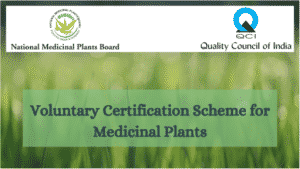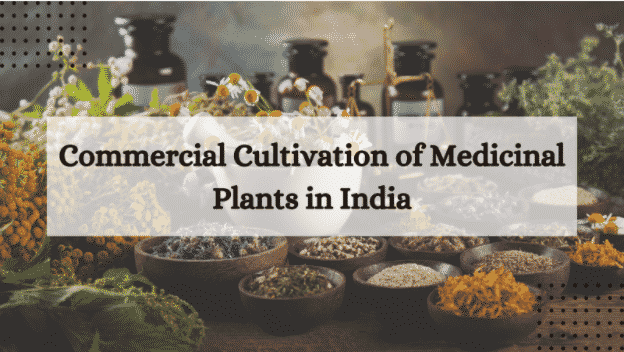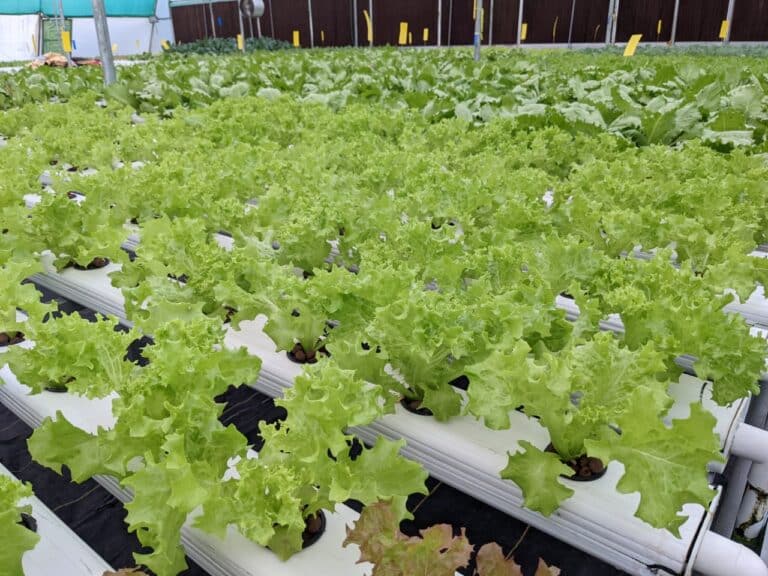Introduction to Medicinal Plant Cultivation in India
The value of herbs, shrubs, and trees in curing and preventing diseases is a centuries-old tradition that has been pushed to the background by the current allopathic drug system. There is a worldwide awakening to return to traditional therapy utilizing plants as a cost-effective option and to resuscitate traditional medicine, a continuous supply of genuine raw materials is essential.
The medicinal plant resource pool was plentiful in the forest, but due to anthropogenic pressure, forest areas are rapidly shrinking. As a result, the only other way to obtain more raw materials could be through growing them in agricultural fields.
Commercial medicinal plant cultivation in India is one of the most profitable agribusinesses for farmers. If you have enough land and know how to market herbs, you can make a lot of money in India with a small investment.
Production of Medicinal Plants in the Indian States
We will obtain a state-by-state breakdown of medicinal plant cultivation and production. Rajasthan has the most of these crops, accounting for 56 per cent of the total area, followed by Uttar Pradesh (25% ). Madhya Pradesh (11%), Tamil Nadu (2%), Punjab (2%), Chhattisgarh (2%), Andhra Pradesh (1%), and Bihar (1%) were the other important states.
Madhya Pradesh ranks first in production with 44%, followed by Rajasthan with 19%. Tamil Nadu, Chhattisgarh, and Arunachal Pradesh each had a 16%, 8%, and 7% share of the total population. Despite having less than 1% of the entire land area, Karnataka contributes 2% of the total productivity.
Voluntary Certification Scheme for Medicinal Plants

Voluntary Certification Scheme for Medicinal Plant Produces was jointly launched by the National Medicinal Plants Board (NMPB) and the Quality Council of India (QCI).
Because of the guaranteed quality of the medicinal plants and herbs, this scheme will benefit medicinal plant producers, groups of producers, collectors, dealers, societies, herbal medicine manufacturers, the AYUSH sector, and AYUSH customers. This initiative will also lower the danger of recalls and rejections, as well as boost buyer confidence in Indian herbs. It will ensure legal compliance as well as long-term revenue collection.
Benefits of Medicinal Plants
- Wounds, sores, and boils are treated with herbs like black pepper, cinnamon, myrrh, aloe vera, sandalwood, ginseng, red clover, burdock, bayberry, and safflower.
- Many herbs are utilized as blood purifiers to transform or improve a long-term state by removing metabolic poisons. ‘Blood cleaners’ is another name for them. Certain herbs boost a person’s immune system, lowering the risk of illnesses like fever.
- Antibiotic properties are found in some plants. Turmeric can stop germs, dangerous organisms, and bacteria from growing. Turmeric is a popular home treatment for wound and cuts healing.
- Apart from being scented, sandalwood and cinnamon are good astringents. Sandalwood is used to stop the flow of blood, mucus, and other bodily fluids.
- To neutralize the stomach’s acid, several plants are recommended. Marshmallow root and leaf are herbs that can be used in cooking. Antacids are what they’re used for. Such herbs help to keep the necessary stomach acid for effective digestion.
- Cough syrups with ginger and cloves are popular. They’re recognized for their expectorant properties, which help mucus to thin and eject from the lungs, trachea, and bronchi. Expectorants include things like eucalyptus, cardamom, wild cherry, and cloves.
- Giloe, Golden Seal, Aloe, and Barberry are just a few of the herbs utilized as tonics. They can also be nourishing and rejuvenating for both healthy and sick people.
- A fresh cut and wound can be treated with honey, turmeric, marshmallow, and liquorice. Vulnerary herbs are the name given to them.
Commercialization of Medicinal Plants in India
Medicinal plants are not only a valuable resource for the traditional medicine and herbal industry, but they also provide employment and health security to a large segment of the Indian population. On one hand, India’s local herbal industry is represented by 8610 authorized herbal units, a large number of cabin level unregulated natural units, and a large number of people healers and family unit level clients of thousands of herbal raw drugs, while on the other hand, an intricate trade web channels herbal raw medications from various flexible sources to the end clients. In this vein, an emphasis on therapeutic plant demand and supply is critical for understanding the marketing and trading of the sector. We at KisaanMitrr provide all information you need to know about the commercialization of medicinal plants.
Conclusion
We can conclude that medicinal plant farming in India offers numerous potential. Several factors determine the profitability of this agriculture. For example, land prices, labour costs, and transportation costs to name a few. The government has also expressed interest in expanding medicinal plant cultivation. KisaanMitrr provides top farming consulting services for medicinal plants so get in touch today.



